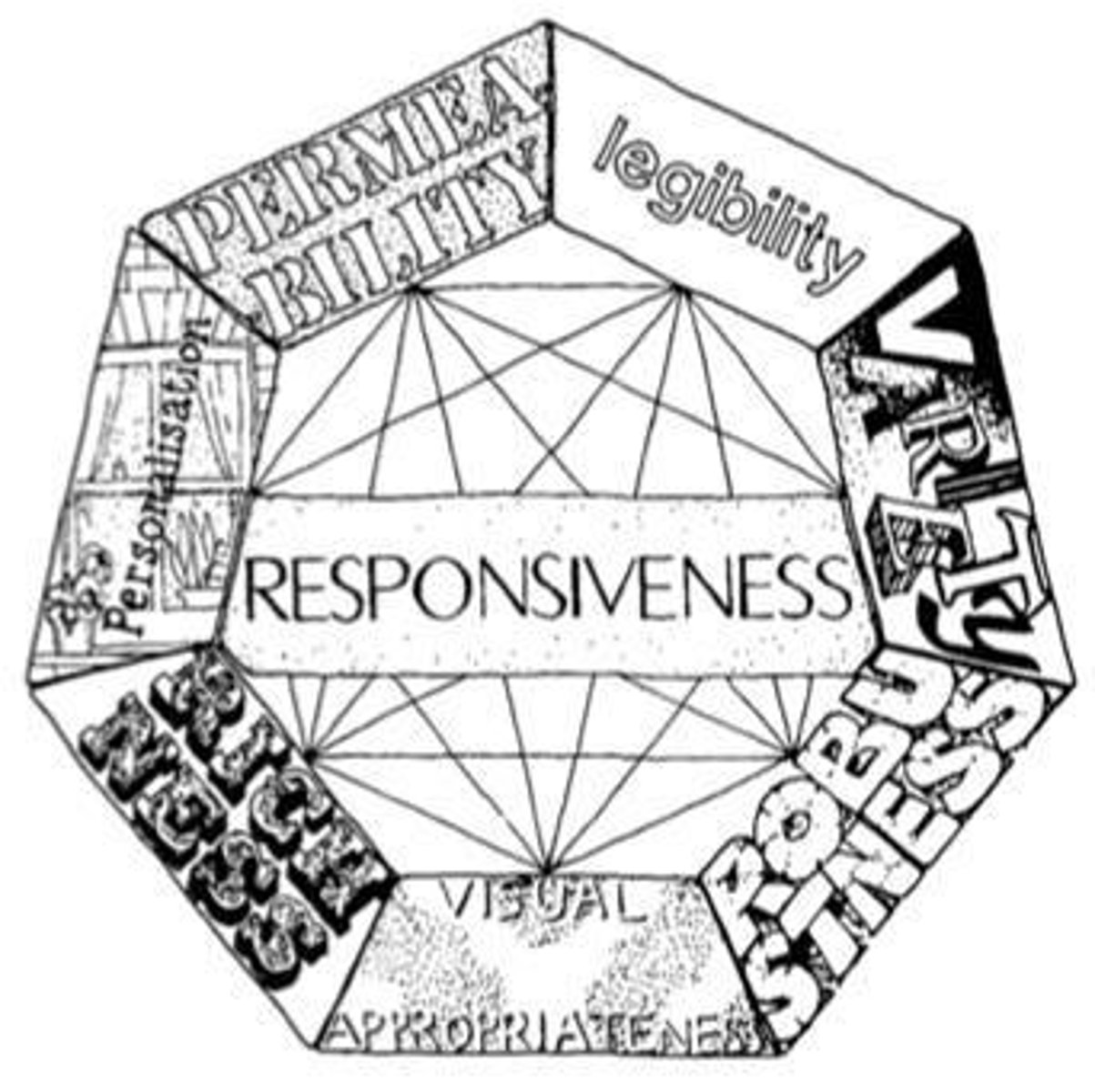Responsive Architecture & City Image Elements in Urban Planning
1/27
There's no tags or description
Looks like no tags are added yet.
Name | Mastery | Learn | Test | Matching | Spaced |
|---|
No study sessions yet.
28 Terms
Responsive Architecture
The idea that the built environment should provide its users with an essentially democratic setting, enriching their opportunities by maximizing the degree of choice available to them.

Permeability
The freedom to choose how to maneuver the place by designing the overall layout of routes and development blocks.
Variety
Maximize the potential uses of a place and introduce diverse functions.
Legibility
Perceptual structure of a place is achieved by designing the massing of the buildings, and the enclosure of public space.
Physical Form
The physical characteristics and layout of buildings and spaces within a city.
Activity Patterns
The behaviors and movements of people within a space that are influenced by its design.
City Image
The mental representation of a city formed by its physical elements and the experiences of its users.
Path
Movement channels that form the predominant elements in people's image of the city.
Experiential Choice
The variety of options available to individuals that enhance their experience of a place.
Access
The ability for individuals to enter and navigate through a space.
Choice
The options available to individuals in how they interact with their environment.
Massing
The overall shape and bulk of buildings in a given area.
Enclosure of Public Space
The design elements that define and protect public areas within a city.
Urban Design
The process of designing and shaping the physical features of cities, towns, and regions.
Development Blocks
Sections of land designated for construction and development within an urban area.
Mobility Limitations
Restrictions that affect an individual's ability to move freely within a space.
Democratic Setting
An environment that allows equal access and opportunities for all users.
Potential Uses
The various functions that a space can accommodate based on its design and layout.
Urban Experience
The overall interaction and feelings of individuals as they navigate and use urban spaces.
Design Choices
The decisions made in the planning and construction of spaces that influence user experience.
NODE
These are places of intensive activity, usually at the intersections of paths.
LANDMARK
These are points of reference based on their visual distinctiveness from their surroundings.
EDGES
These are boundaries that break or run parallel to the urban textures, which is composed of a texture of individual buildings and open spaces.
DISTRICT
These are the sections of the city and are mentally recognized as having some identifiable character.
ROBUSTNESS
It strongly affects the interpretations people put on the place: whether designers want them to or not, people will interpret places as having meanings.
VISUAL APPROPRIATENESS
Intended visual impact is achieved by designing the external image.
RICHNESS
Enhanced experience is achieved by developing the design for sensory choice.
PERSONALIZATION
Completing the experience is achieved by allowing the design to encourage people to put their own mark on the places where they live and work.